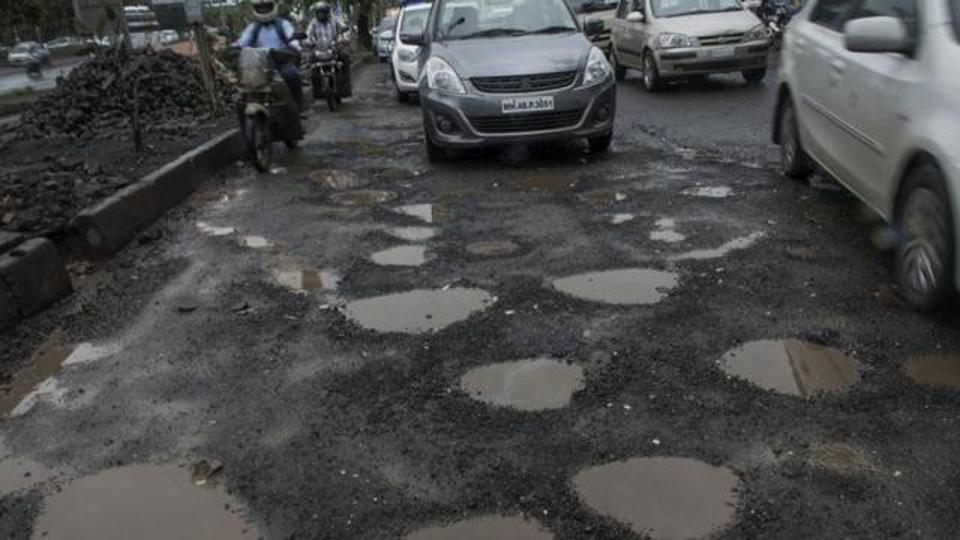In barely a couple of years, that is, by 2020, India will become the world’s youngest country with an average age of 29 years. While this means that it will not suffer the fate of nations with ageing populations, it also means that it will have to find jobs for a large working age population soon thereafter.
India’s myriad contradictions and inter-states and inter-regional differences within those states gives ample scope for prophets of doom and optimists alike. It all depends on which side of the political, social and economic divide you stand and view the scenario.
The country’s economy has been modernising steadily giving a larger section of the population improved standards of living. But, there is the other side that cannot be ignored; a phenomenal hike in inequality due to income gaps, growing urban-rural divide, very high percentage of out-of-pocket expenditure on health (62% of all health care costs) which impoverishes large numbers and so on. Among the many “facts” that show up contradictions is this one: India has the fourth highest number of billionaires in the world, but ranks 131st in the Human Development Index (HDI) out of 188 countries.
So what is required to improve the quality of life of Indians? This is a topic on which every Indian would have an opinion besides having differing definitions of quality of life. Technically, economists would answer this question with comparison of numbers and statistics. But to the average citizen, the quality of life hinges on the basic amenities plus access to reasonably good education, health care and public infrastructure.
Health and education
India’s spending on health care at 1% of its GDP has been criticised consistently by health activists. Yet, there is very little change over the years in the budgetary allocation to such an important development indicator. As noted above, the out of pocket expenditure forces poor families to sell their meagre land and even house, and pushes them into penury.
However, as every citizen knows (for who has not faced a health crisis?), the public health care sector is shrinking rapidly. The private health care sector is expand- ing its tentacles far and wide. Worse, studies show that publicly funded health insurance schemes end up benefit- ting the private hospitals, rather than the poor! These schemes target the wrong sections, and where they do target the truly poor and marginalised, the benefits hardly reach them. Besides, the patients end up paying for diagnostics and medicines (Role of Government in Funded Health Insurance Schemes, Economic & Political Weekly, 23 June 2018).
India’s maternal mortality rate is a distressing 167 deaths per 100,000 live births, though the infant mortality came down from 37 per live 100,000 births in 2015, to 34 in 2016. It is also home to the highest number of TB patients and the multidrug resistant variety of the illness is a health security threat.
And yet, our cities boast of swanky hospitals that can rival five star holiday resorts, and which actually boast of “luxurious health services”. The non communicable diseases or lifestyle illnesses like diabetes and hypertension are no longer restricted to the rich, and India is competing neck to neck with China to become the diabetes capital of the world. Education is another significant area that deserves much more attention. Like in the health sector, private universities are mushrooming all over the country, while government institutions are neglected. This is one area on which much has been written and discussed in India, but to no avail it seems.
Through a fog
India also has 10 of the world’s 20 most polluted cities. Delhi and other parts of North India regularly experi- ence the choking effects of smog caused by crop residue burning, and other cities are forced to inhale the poison spewed by petrol and diesel run vehicles, many of them old and well past the expiry date. There have been suggestions to use machines that can use plant crop residue instead of burning it, and to turn to CNG in vehicles, but it takes a long time in this country for things to change for the good. River linking, afforestation and other measures need to be seriously implemented.
Dying on the roads
In 2015, over 140,000 Indians died in road mishaps. These monsoons too, cities like Mumbai showcase the fatalities and dangers due to potholes in the roads, water logging due to rampant unauthorised construction (and not of slums alone, mind you!), and negligent urban planning. Better roads and transport network are directly linked to a thriving economy due to inter-connectedness. In fact, good transport infrastructure is one of the basic foundations of a strong manufacturing sector.
Distress in agriculture
Apart from the manufacturing sector, the agricultural sector is the pillar of the economy. Nearly half the workforce is in this sector, but the distress faced by farmers, farmer suicides, and the flight of landless labourers into towns and cities to ward of starvation is too well known to again describe here.
Here again, there is no dearth of suggestions. Improving agricultural productivity with new technologies and focussing on horticulture, dairying, poultry, piggery, fisheries, and forestry, has been recommended incessantly. But all this entails access to irrigation, enhancing the seed replacement rate and safe use of fertilisers.
Work and employment
This is the bugbear of governments around the world — providing employment for their young and keeping down the unemployment rate. According to the NITI Aayog, the country’s unemployment rate stands between 5% and 8%. To this state of affairs add underemployment, which means that those who are employed are doing low-productivity, low wage jobs.
It is the manufacturing sector that can best provide proper jobs but as compared to its neighbours like China, Japan and South Korea, this is India’s weak spot. The ‘Make in India’ initiative has not met with the kind of results the economy needs. Jobs in the informal sector are mainly low-paying, insecure, and subject those engaged in them to abysmal working conditions. Theoretically, a large and young workforce and competitive wages gives India a tremendous edge, but it is clearly not enough. There is a crying need to devote much more attention and focus to the manufacturing sector.
The above list might seem like a litany of complaints. But it is exactly these areas that need attention and action in order to improve the quality of life of the average Indian. A mobile phone in every hand, alas, does not guarantee that!


 [/column]
[/column]